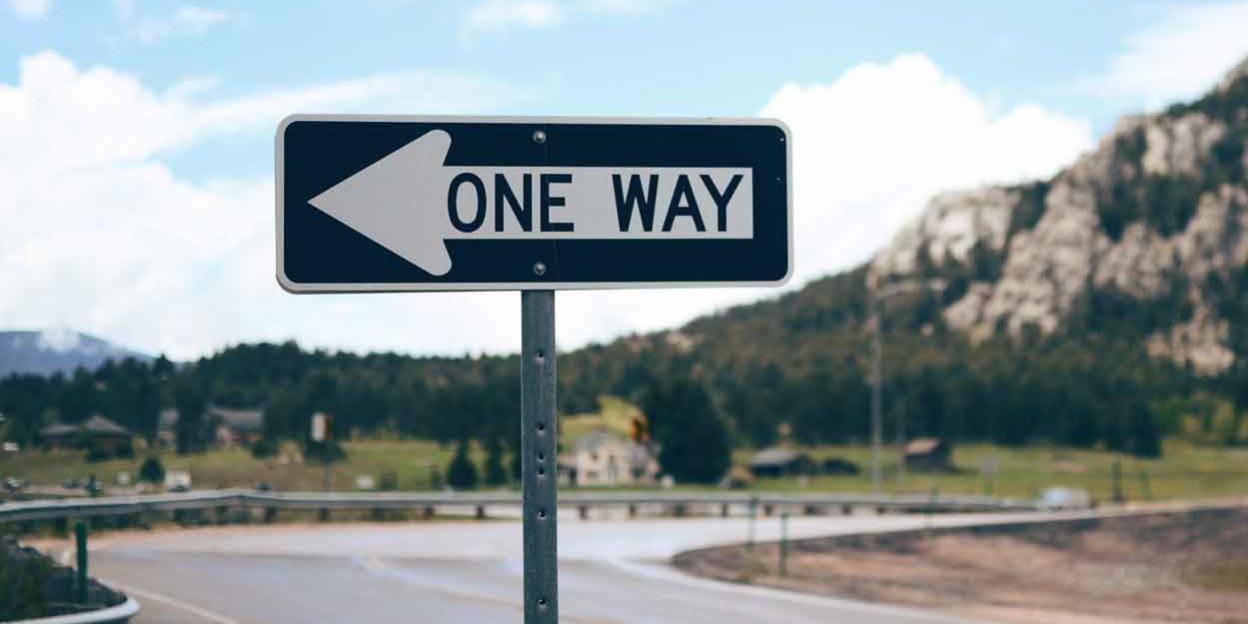Placement, Shape, and Color of Road Signs Ensure Smooth Traffic Flow for 284 million Vehicles in the United States.
The United States is a car-focused culture, with more than 284 million vehicles operating on roads throughout the country in the last quarter of 2021, according to Statista. Despite the volume of autos and trucks on the road, drivers make it to their destination safely with the assistance of standardized traffic and street signs.
Traffic and street signs date back to (of course) ancient Rome, where the road system helped the empire thrive. First found on the Apian Way, milestones were placed at regular intervals and often stated who oversaw maintaining the road and making repairs. And if anyone forgets, mile markers placed at intersections indicated the distance to Rome.
It took hundreds of years to standardize road signs’ placement, shape, and color. Fast forward to the 1920s, when automobile traffic began to increase. Directional and safety road signs were not common and, what’s more, were inconsistently placed. It was up to drivers to avoid collisions at intersections and know precisely where their final destination was without the help of directional signage. It’s quite possible that travelers spent more time getting lost or looking for waypoints than enjoying the trip.
The standardization of road signs began in 1922 when W. F. Rosenwald of Minnesota, J. T. Donaghey of Wisconsin, and A. H. Hinkle of Indiana traveled through several states trying to create some standardization or uniformity to mark and sign roadways. They reported their findings at the 1923 annual meeting of the Mississippi Valley Association of State Highway Departments (MVASHD).
Since then, as drivers and pedestrians take to the road, they can depend on the standardization of color and shape for road signage. Here is a brief guide to their meaning:
Traffic and Road Sign Colors
- Red: Used to stop, yield, and prohibition indicators.
- White background: Regulatory sign (e.g., One Way or Tow-Away Signs)
- Yellow: General warning message (e.g., sharp curve ahead or deer crossing)
- Green: Permitted traffic movement and directional guidance
- Fluorescent yellow or green: School or pedestrian crossings
- Orange: Warnings and guidance in construction zones
- Blue: Road service, tourist information, or evacuation routes (e.g., Handicap accessible or lodging)
- Brown: Guidance to recreational or cultural interest sites (e.g., National Historic locations
Traffic and Road Sign Shapes
- Rectangular: The most basic shape. The longer directional sign is vertical or square.
- Octagonal: Reserved for stop signs.
- Inverted Triangles: Used for yield.
- Diamond: Used to warn drivers and are commonly yellow or orange.
- Pentagon: Indicate a school zone.
- Circular: Indicate a railroad crossing.
Whether you are a passenger, driver, pedestrian, biker, hiker, or jogger, the street and traffic signs help ensure a smooth traffic flow, reduce road congestion and keep us all informed of what to expect on the road.
Brandon Industries offers a variety of decorative signage systems to compliment the aesthetic of any community. Contact us at 972-542-3000.
Manual on Uniform Traffic Control Devices (MUTCD)
Office of Highway Policy Information – Our Nation’s Highways








